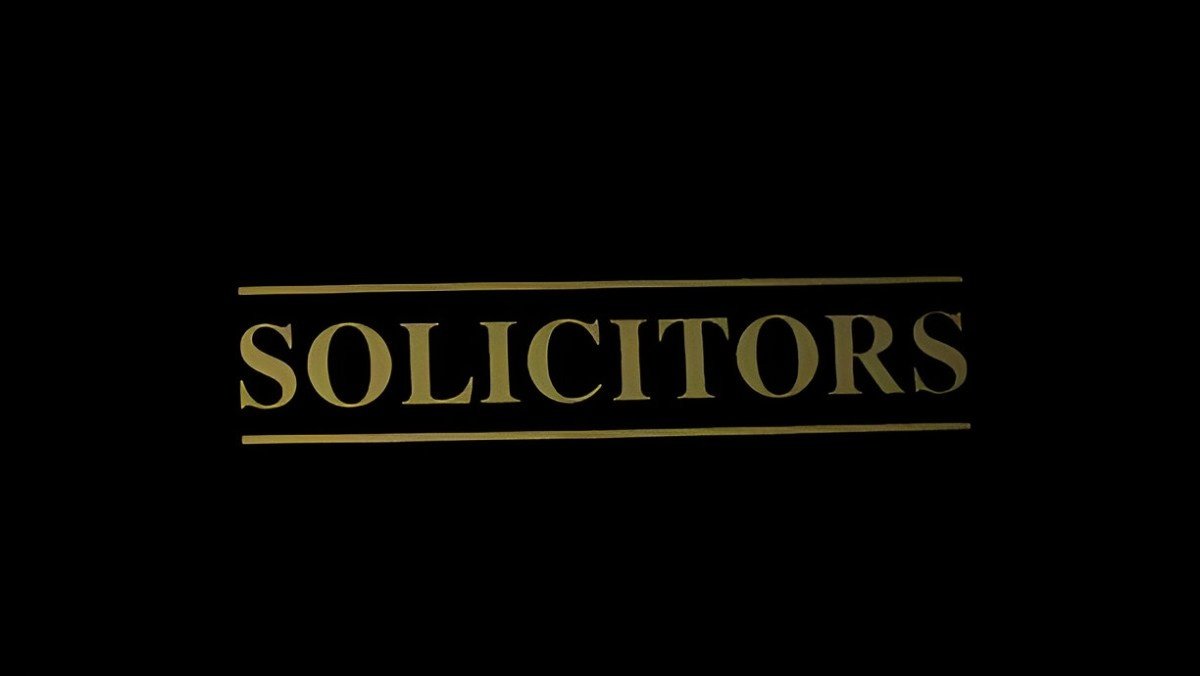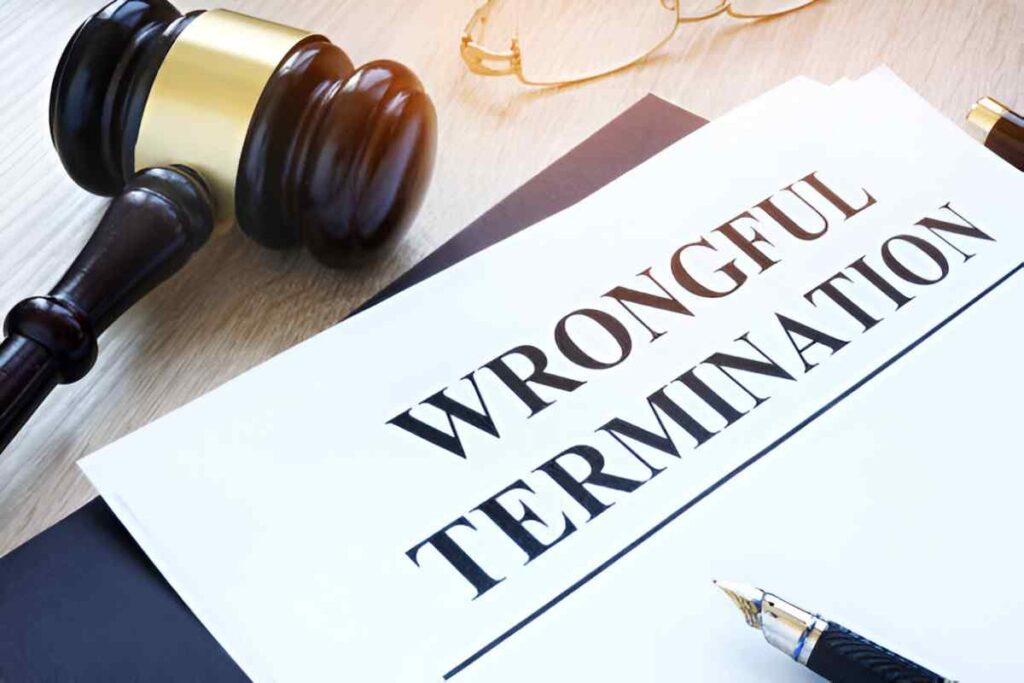Legal communication, particularly solicitor’s letters, can often be an overwhelming area for many. From complex legal terminology to convoluted phrasing, these letters are not always easy to understand for someone who is not familiar with legalese. However, whether you are a business owner dealing with contractual issues or an individual facing legal disputes, understanding solicitor’s letters is essential. I aim to break down the structure, purpose, and function of these letters while translating the legal jargon into plain language.
Table of Contents
What is a Solicitor’s Letter?
A solicitor’s letter is a formal document written by a lawyer (or solicitor) on behalf of their client to communicate legally binding information, make demands, or seek resolutions. These letters serve as one of the primary forms of written communication between legal professionals, businesses, and individuals in the United States.
Solicitor’s letters can vary widely in terms of their content and purpose. Some common reasons for writing a solicitor’s letter include:
- Demand for payment: Solicitors often write letters to demand payment for services rendered or debts owed.
- Notice of legal action: A solicitor’s letter may inform someone that legal action is being taken against them.
- Cease and desist: These letters demand that a party stop certain activities, such as infringement of intellectual property rights or harassment.
- Settlement proposals: In cases of disputes, a solicitor’s letter may offer a settlement or resolution option without the need for going to court.
Though a solicitor’s letter may seem intimidating, it is simply a tool to communicate legal matters in a formal and official manner.
Key Elements of a Solicitor’s Letter
Understanding a solicitor’s letter becomes easier once you know what to look for. Below, I break down the typical components of a solicitor’s letter:
1. Heading and Contact Information
At the top of the letter, you’ll often find the solicitor’s letterhead, which includes their name, law firm, address, and other relevant contact details. This helps identify who is writing the letter and provides the recipient with a way to contact the solicitor for further clarification.
2. Reference Number
Many solicitors use a reference number to organize their correspondence. This number is important because it allows both the solicitor and the recipient to track the matter more efficiently.
3. Introduction and Purpose
The first few lines of a solicitor’s letter usually state the purpose of the communication. For example, it could be a demand letter regarding an unpaid bill or a notice that legal proceedings are about to begin.
4. The Body of the Letter
This is the section where the solicitor explains the legal matters at hand. It will often refer to relevant laws or legal precedents. This part can be filled with legal terminology, but it’s important to focus on the main issue at hand. Often, this section is structured into paragraphs with bullet points to make the information clear.
5. Conclusion and Call to Action
At the end of the letter, the solicitor will typically summarize the issue and provide a course of action. This could involve offering a deadline for payment, suggesting a resolution, or notifying the recipient of an impending legal action.
6. Signature
The letter will close with the solicitor’s signature, which may include their professional title and contact details.
Examples of Solicitor’s Letters
To make the content more approachable, let’s look at two examples of solicitor’s letters. We will translate the legal language into plain English to make it easier to understand.
Example 1: Demand for Payment
Legal Version
Dear Sir/Madam,
Re: Outstanding Balance of $5,000 for Services Rendered
We write to inform you that our client, ABC Corporation, has not received payment for services rendered on 15th July 2024, in the amount of $5,000. Despite our previous reminders, payment has not been forthcoming. Our client hereby demands that payment be made within seven days of the date of this letter. Failure to comply may result in further legal action being taken.
Yours faithfully,
John Doe
Solicitor for ABC Corporation
Plain Language Version
Dear Sir/Madam,
Re: Unpaid Bill of $5,000
I’m writing on behalf of ABC Corporation to let you know that there’s an outstanding balance of $5,000 for services provided on July 15, 2024. You have not paid this amount, despite previous reminders. Please pay the full amount within the next seven days. If we don’t receive payment, we may need to take legal action.
Best regards,
John Doe
Solicitor for ABC Corporation
This example shows how a solicitor’s letter can be used to formally request payment while highlighting the legal consequences if the recipient fails to act. The language can be simplified, but the message remains firm.
Example 2: Cease and Desist Letter
Legal Version
Dear Sir/Madam,
Re: Unauthorized Use of Trademark
We represent XYZ Corporation, the owner of the trademark “XYZ” for use in the software industry. It has come to our attention that you are unlawfully using the “XYZ” trademark in connection with your software products. This constitutes an infringement of our client’s intellectual property rights. You are hereby instructed to cease and desist from using the “XYZ” trademark immediately. If you fail to comply, we will initiate legal action to protect our client’s interests.
Yours sincerely,
Jane Smith
Solicitor for XYZ Corporation
Plain Language Version
Dear Sir/Madam,
Re: Unauthorized Use of “XYZ” Trademark
I represent XYZ Corporation, which owns the trademark “XYZ” for use in the software industry. We’ve noticed that you’re using the “XYZ” trademark on your software products without permission. This is a violation of XYZ Corporation’s rights. We ask that you stop using the “XYZ” trademark immediately. If you do not, we may take legal action to protect our client’s rights.
Best regards,
Jane Smith
Solicitor for XYZ Corporation
Again, while the legal version uses formal language, the core message is the same in both versions: the recipient is being told to stop using the trademark or face legal consequences.
Common Legal Terms in Solicitor’s Letters
Many solicitor’s letters include terms that may seem confusing at first. Let’s look at some of the most common legal terms you might encounter:
| Legal Term | Plain English Meaning |
|---|---|
| Cease and desist | Stop what you’re doing and do not continue doing it. |
| Breach of contract | Breaking the terms of a signed agreement. |
| Claimant | The person or party making the legal claim. |
| Defendant | The person or party being accused or sued. |
| Indemnity | Protection against loss or damage. |
| Jurisdiction | The area of law or geographical region where a case can be heard. |
| Injunction | A court order requiring a person to do or stop doing something. |
Understanding these terms is a crucial step toward decoding the letter’s meaning.
Calculating Damages in a Solicitor’s Letter
In some cases, a solicitor’s letter might include a demand for compensation for damages. These can be calculated based on different methods depending on the nature of the case. Let’s consider an example.
Example Calculation: Breach of Contract
Assume you have a contract with a company to supply 100 units of product for $50 each. The company fails to deliver, and you need to calculate the damages.
The total cost of the breach can be calculated as:
\text{Damages} = 100 , \text{units} \times 50 , \text{USD/unit} = 5000 , \text{USD}If the breach caused additional costs, such as lost profits, you might include those in the calculation. Let’s say you would have sold the products for $75 each, resulting in a profit loss of $25 per unit:
\text{Profit Loss} = 100 , \text{units} \times 25 , \text{USD/unit} = 2500 , \text{USD}Therefore, the total damages for the breach would be:
\text{Total Damages} = 5000 , \text{USD} + 2500 , \text{USD} = 7500 , \text{USD}This would be the amount you could potentially claim in the solicitor’s letter.
Conclusion
Understanding solicitor’s letters is crucial for anyone involved in legal matters, whether as an individual or a business owner. By breaking down the elements of these letters and explaining the legal terms in plain language, I hope this article has provided you with the tools to understand and respond to solicitor’s correspondence effectively.





